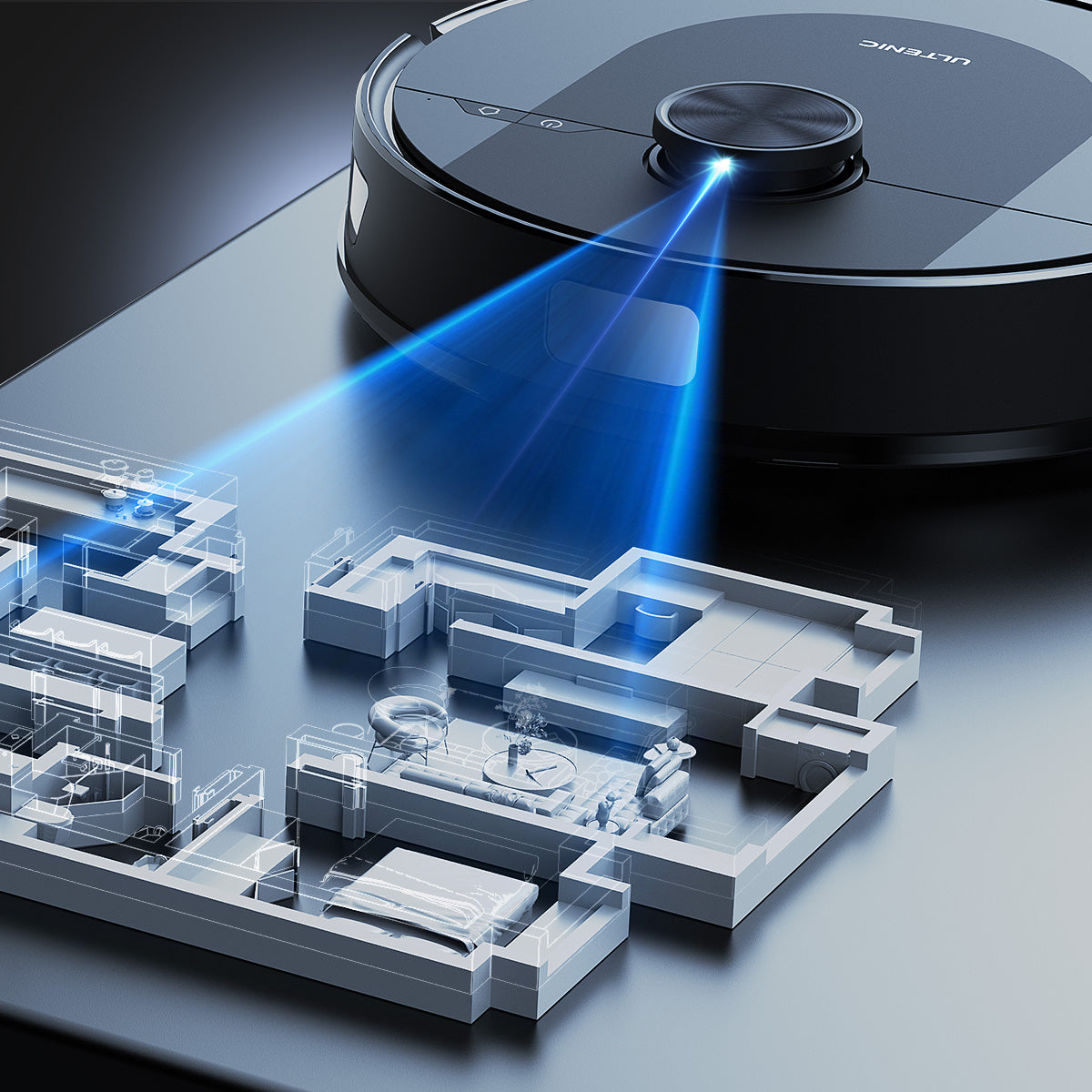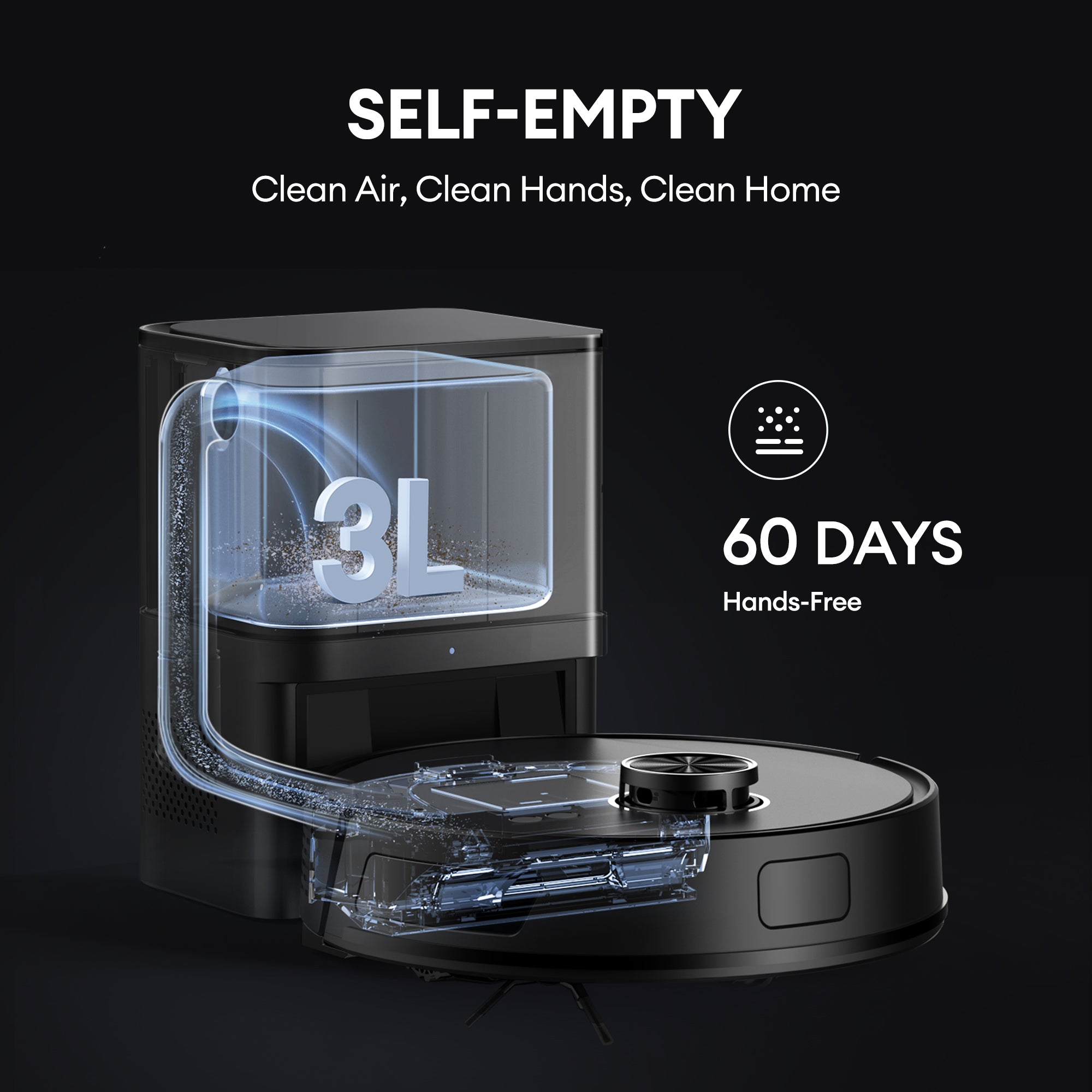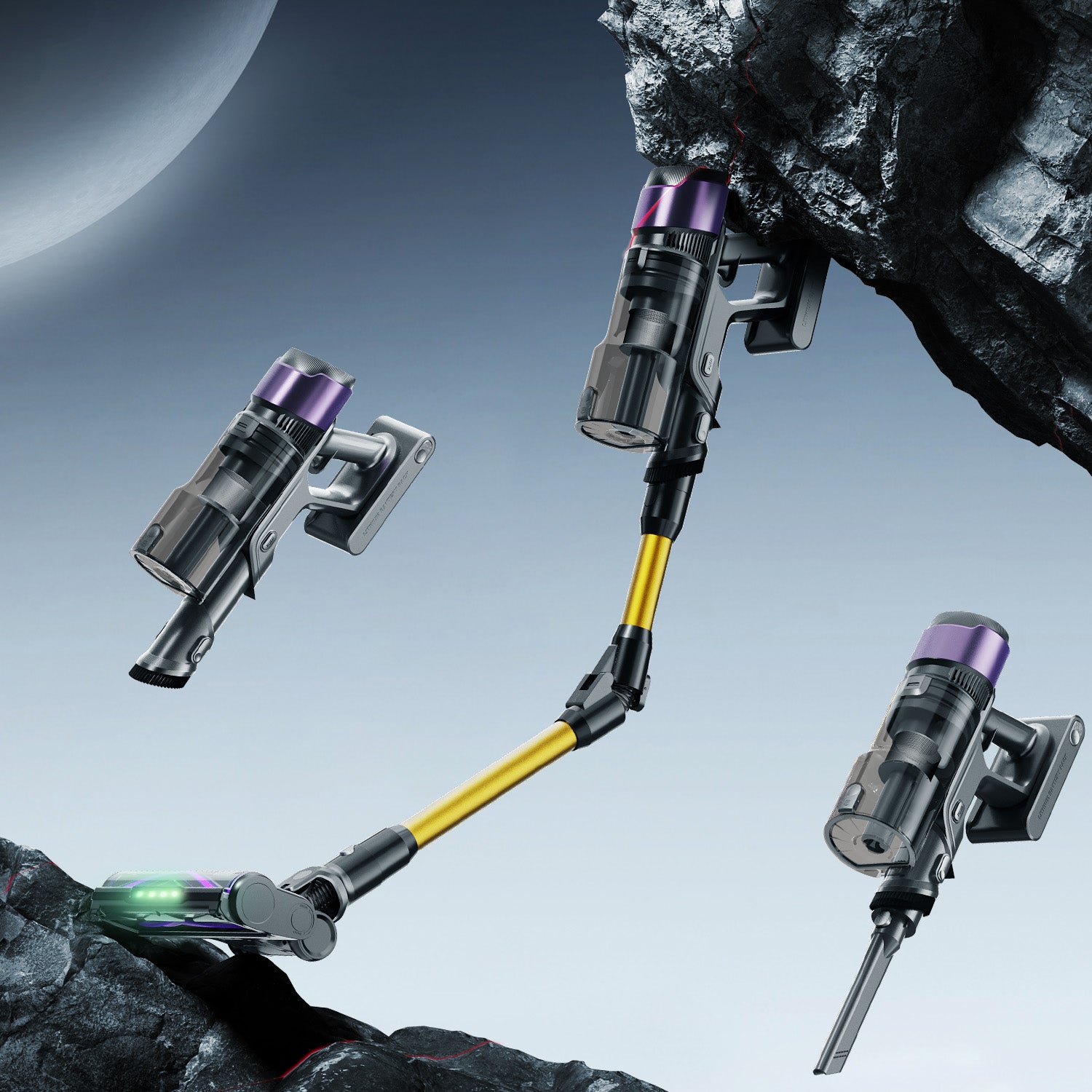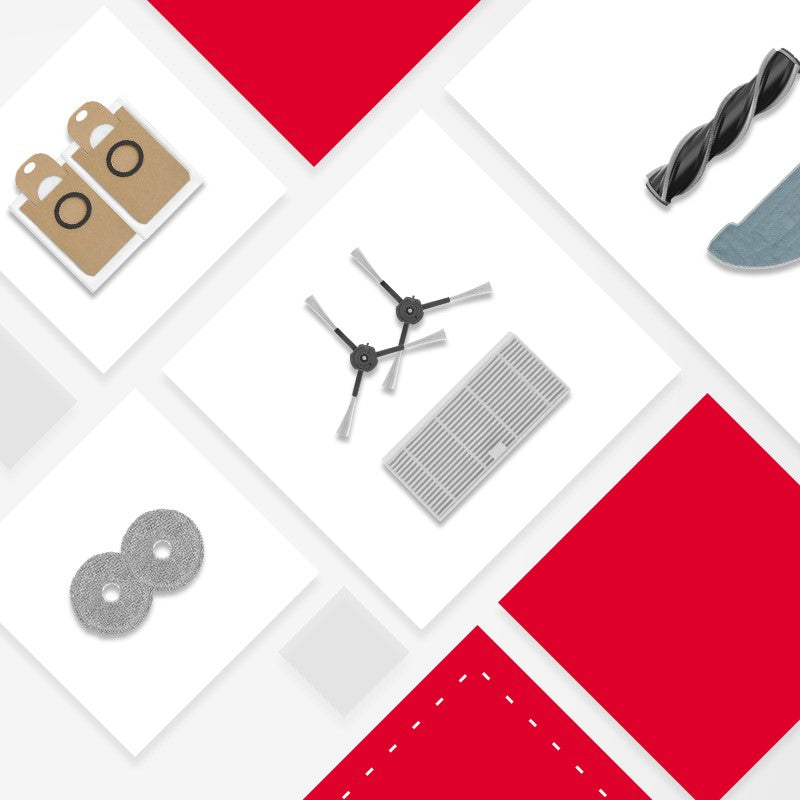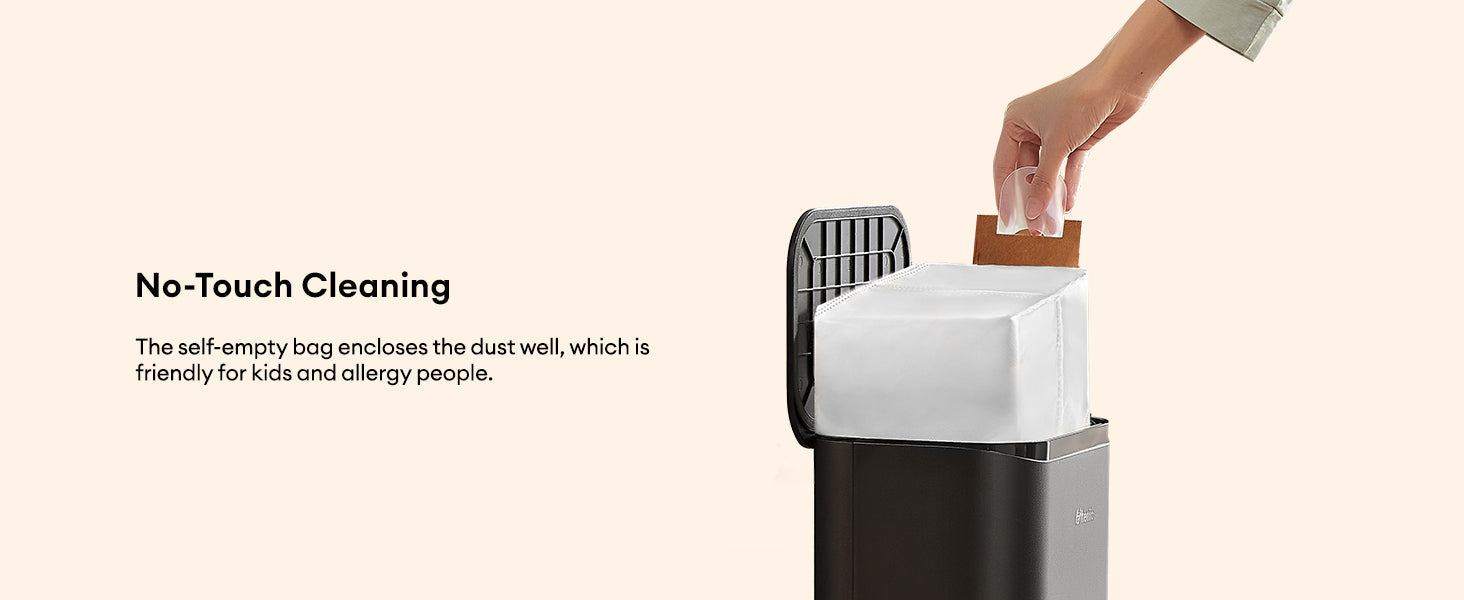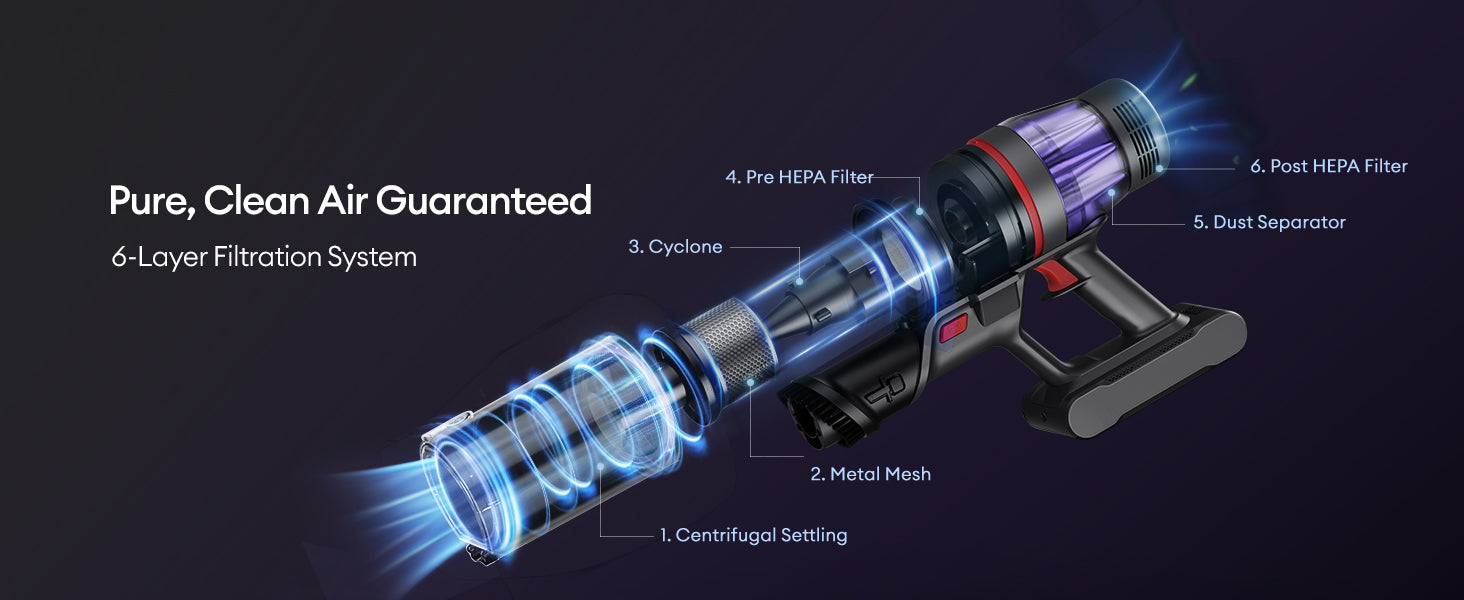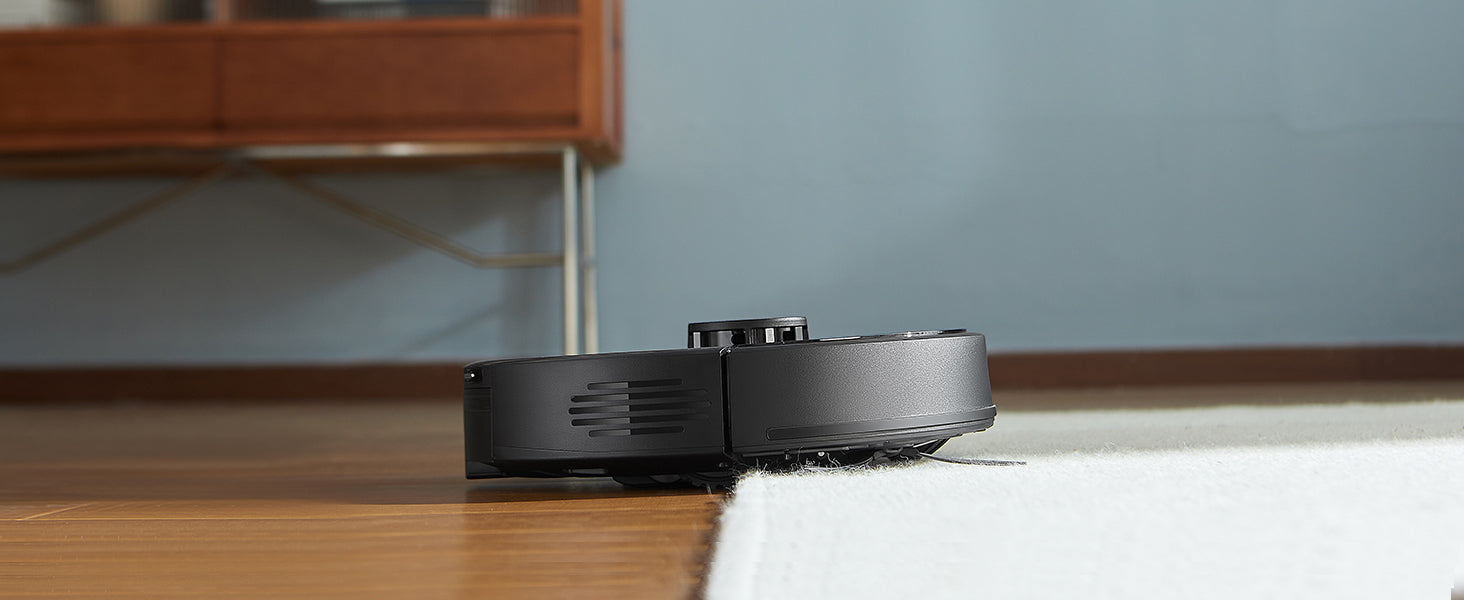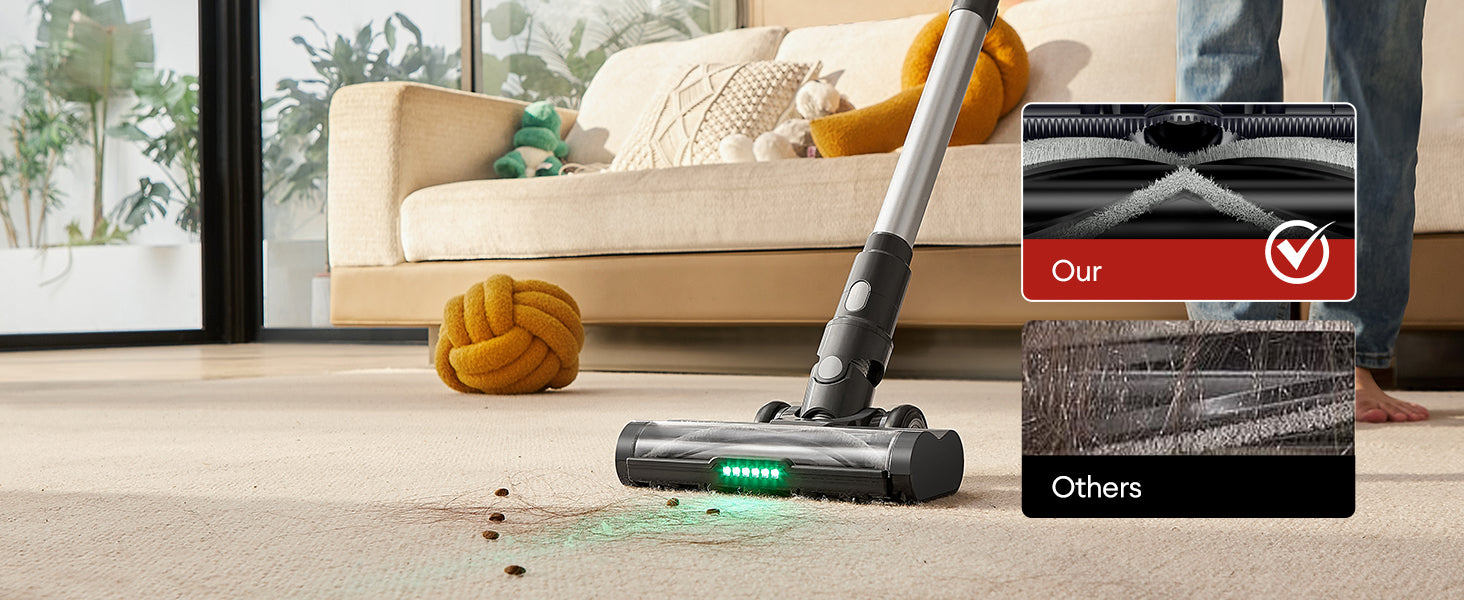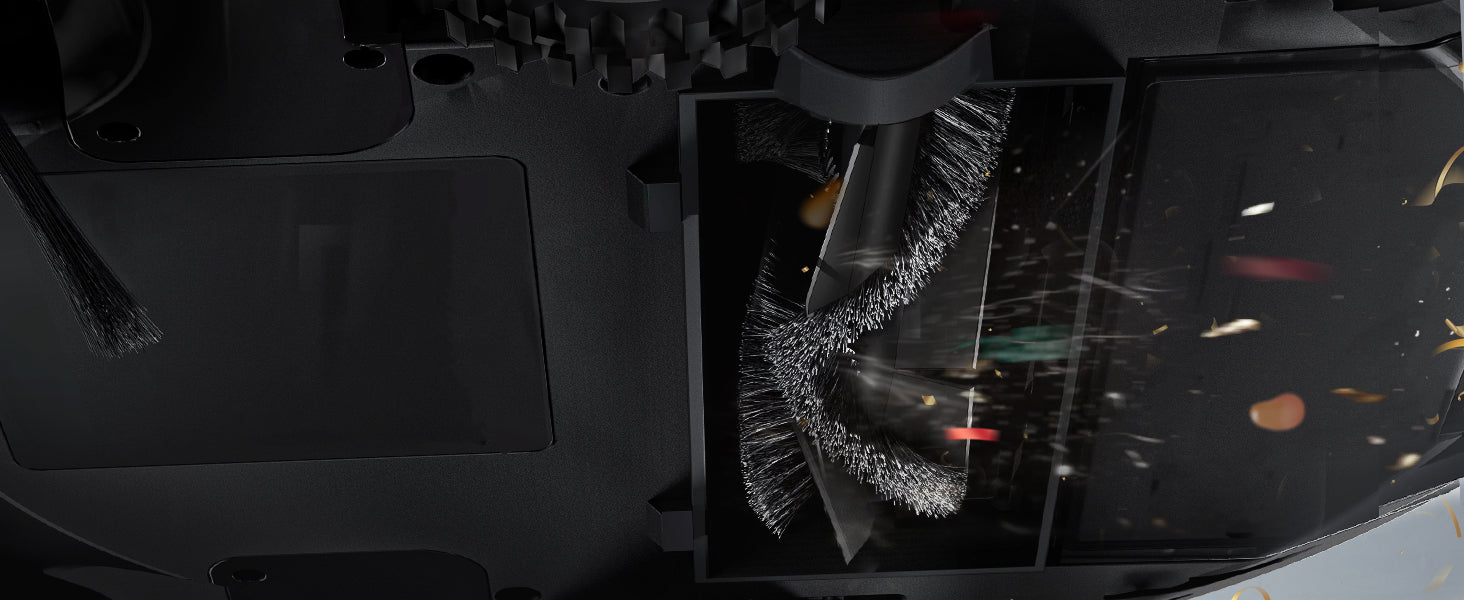Keeping your robot vacuum cleaner in top shape requires knowing when and how to replace its key parts. Proper replacement not only ensures efficient cleaning but also extends the life of your device. This guide breaks down the replacement intervals for essential components like brushes, filters, batteries, and mop pads, while offering practical maintenance tips to help you get the most from your robotic cleaning assistant.
Understanding the Importance of Timely Replacement
Robot vacuums rely on several consumable parts that wear out with use. Over time, worn brushes, clogged filters, and aging batteries reduce cleaning efficiency, suction power, and battery life. Replacing these parts at the right intervals prevents performance drops, protects the motor, and keeps your floors spotless.
Key Robot Vacuum Parts and Their Replacement Frequency
1. Main (Rolling) Brush
- Function: Picks up dust, dirt, and hair from floors.
- Replacement Interval: Every 6 months, or sooner if damaged or tangled with hair.
- Brush Roller Maintenance Tip: Clean the brush at least once a week to remove hair and debris, which prolongs its lifespan.
2. Side Brushes
- Function: Sweep dirt and debris from edges and corners into the vacuum’s path.
- Replacement Interval: Every 3 to 6 months, depending on wear.
- Maintenance Tip: Remove hair and dirt weekly to prevent tangling and maintain cleaning effectiveness.
3. Filters
- Function: Trap fine dust and allergens to maintain suction and air quality.
- Replacement Interval: Replace every 2 to 4 months, more frequently if you have pets or allergies.
- Filters Maintenance Tip: Clean filters weekly by tapping out dust or using compressed air. Only wash filters labeled as washable; non-washable HEPA filters should be replaced to avoid damage.
4. Mop Pads (for Mopping Models)
- Function: Wipe and clean hard floors.
- Replacement Interval: Every 3 to 6 months, depending on usage and cleaning frequency.
- Maintenance Tip: Even if your robot vacuum has a self-cleaning mop feature, replace pads regularly to maintain optimal cleaning performanc.
5. Battery
- Function: Powers your robot vacuum.
- Replacement Interval: Every 1 to 2 years, or when you notice reduced runtime.
- Maintenance Tip: Use original batteries for compatibility, and follow manufacturer instructions for safe replacement.
6. Dustbin and Water Tank
- Function: Collects dirt and holds water for mopping.
- Replacement Interval: Typically every 1 to 2 years, or sooner if damaged or leaking.
- Maintenance Tip: Empty and clean regularly to prevent odor and bacteria buildup.
How Usage and Environment Affect Replacement Frequency
- Frequency of Use: Daily use accelerates wear; parts may need replacement sooner.
- Home Environment: Homes with pets, high dust, or allergens require more frequent filter and brush changes.
- Floor Type: Carpets Cleaning and rough surfaces can wear brushes faster than hardwood floors cleaning.
- Maintenance Habits: Regular cleaning of brushes, filters, and sensors prolongs part life and reduces replacement frequency.
Practical Tips to Maximize Part Lifespan
- Routine Cleaning: Remove hair and debris from brushes and filters weekly.
- Avoid Rough Handling: Prevent collisions and falls to protect sensors and brushes.
- Use Genuine or High-Quality Parts: Ensures compatibility and preserves device performance.
- Keep Spare Parts Handy: Having replacements ready avoids downtime.
- Maintain Battery Health: Charge fully and store in a dry, moderate environment.
- Update Software: Keep your robot vacuum’s firmware current for optimal operation.
Signs It’s Time to Replace Parts
- Reduced suction or cleaning effectiveness
- Visible wear or damage to brushes or filters
- Unpleasant odors or dust leakage
- Shortened battery runtime
- Robot vacuum leaves debris behind or struggles to navigate
If you notice these signs, inspect the corresponding parts and replace as needed to restore performance.
Summary
Replacing parts of your robot vacuum cleaner at the right intervals is essential for maintaining strong suction, efficient cleaning, and long device life. Generally, brushes and filters should be replaced every 2 to 6 months, mop pads every 3 to 6 months, and batteries every 1 to 2 years. If the accessories of the Ultenic robot vacuum cleaner you purchased are damaged during the warranty period, we can provide you with new accessories for free.

